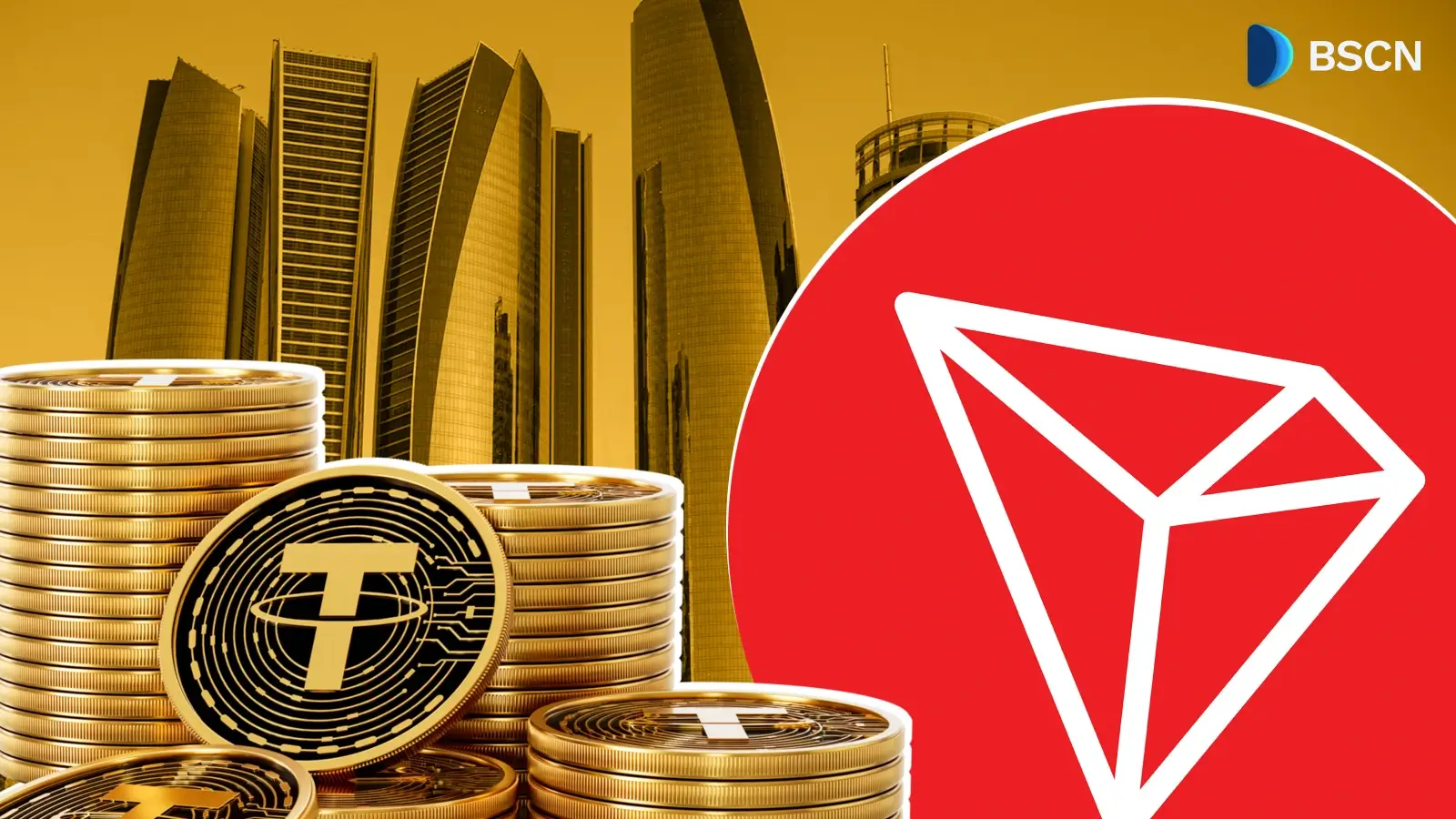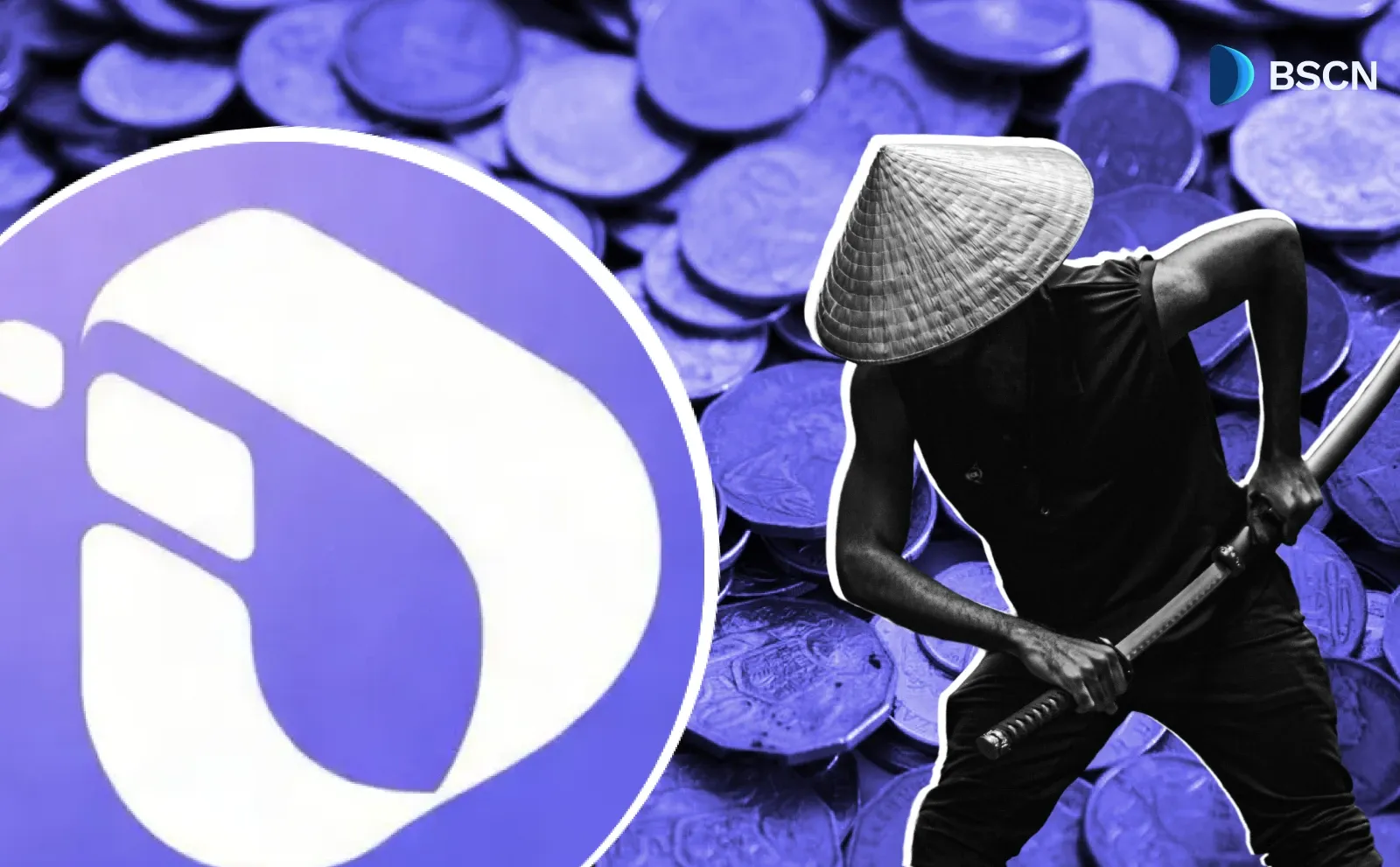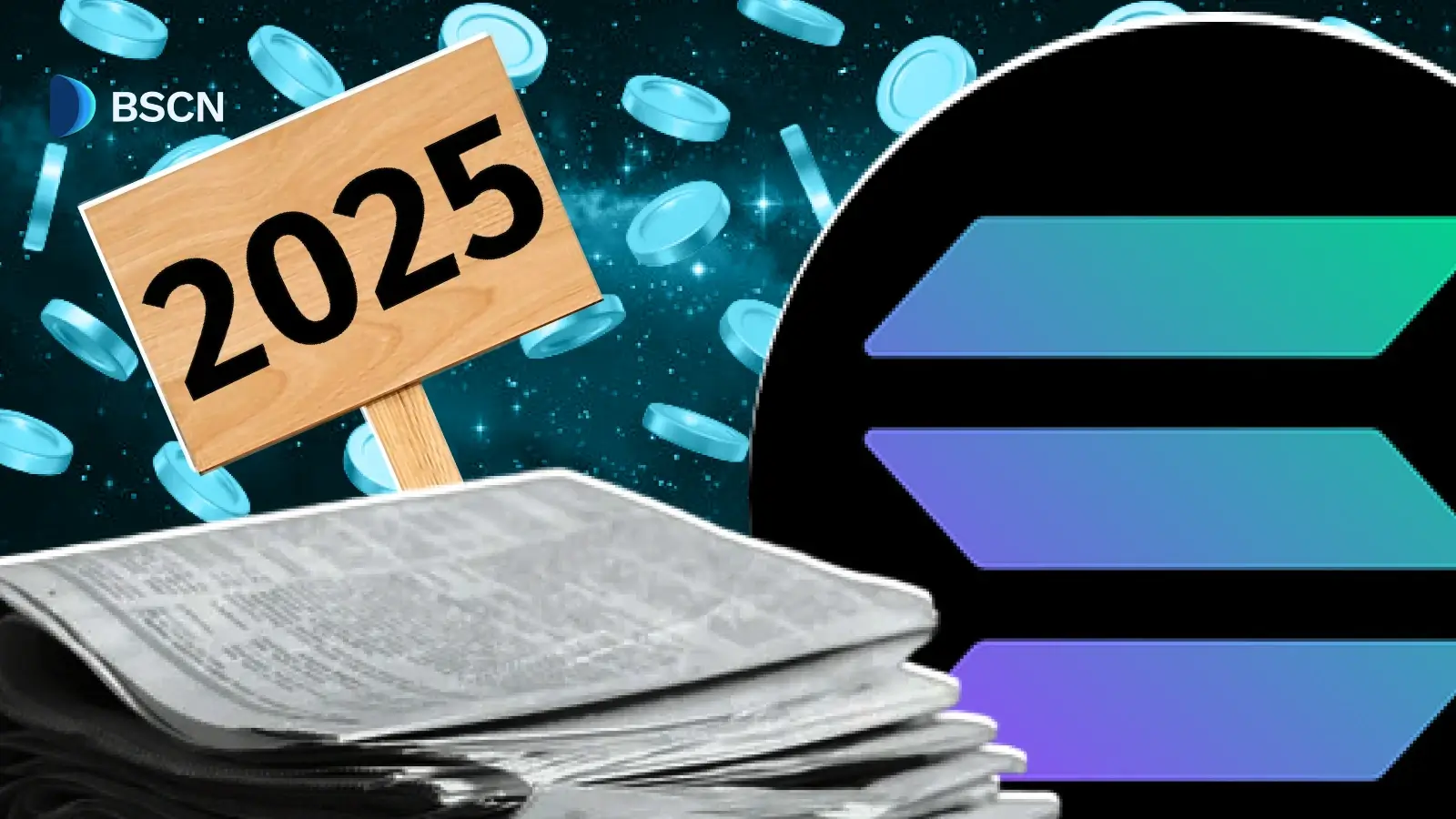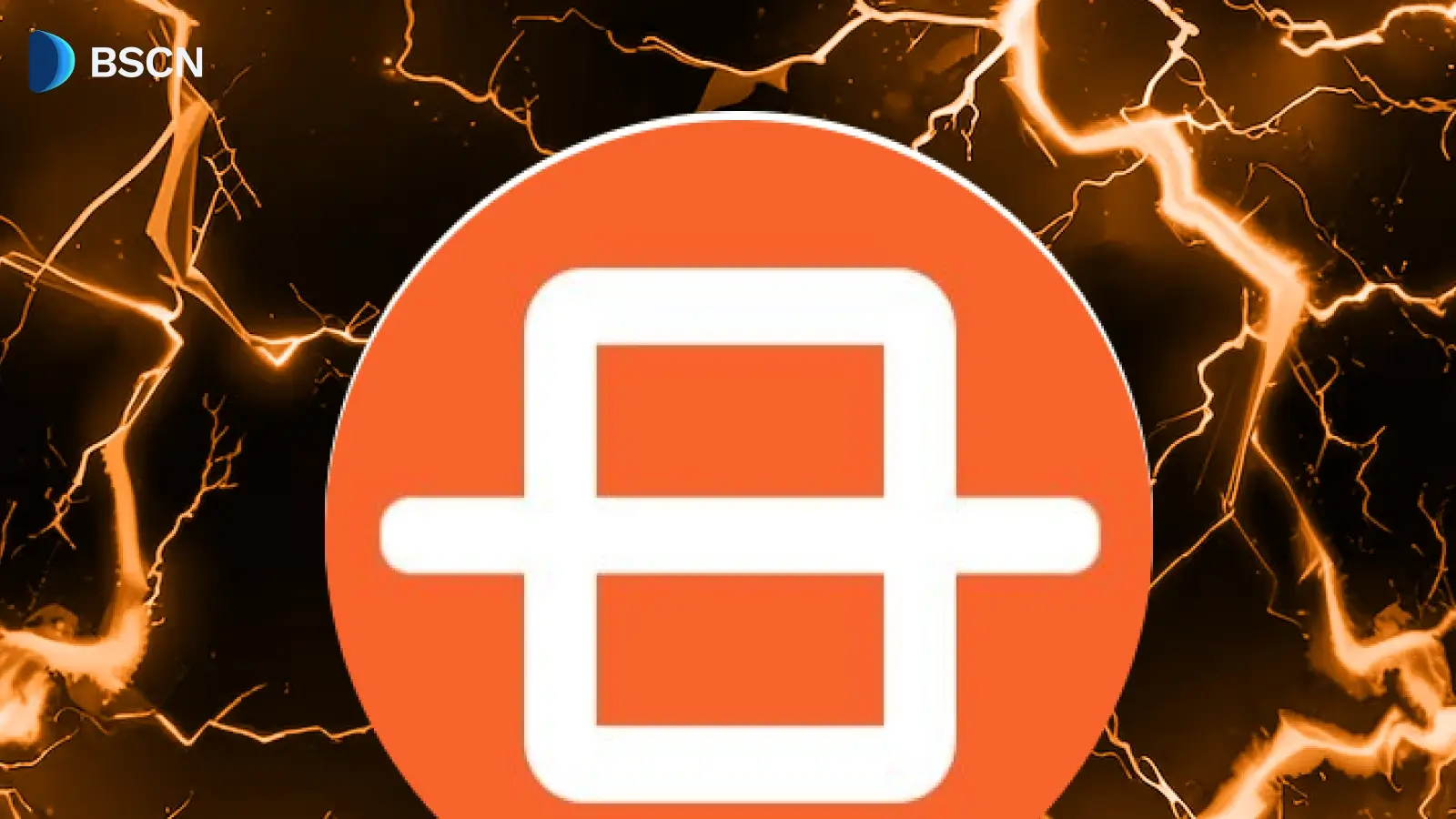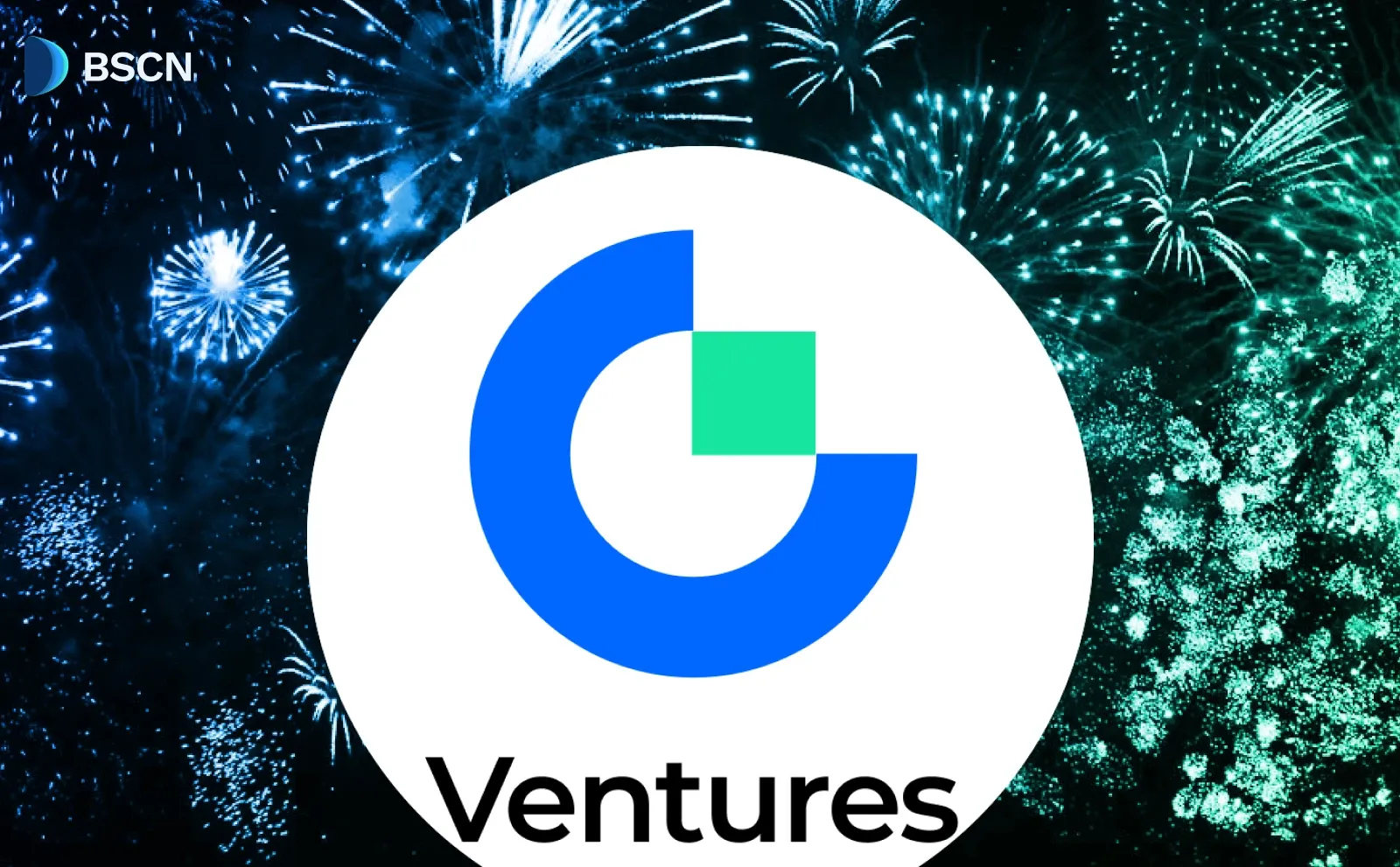Review
(Advertisement)
Quant Network and QNT Token: Analysis
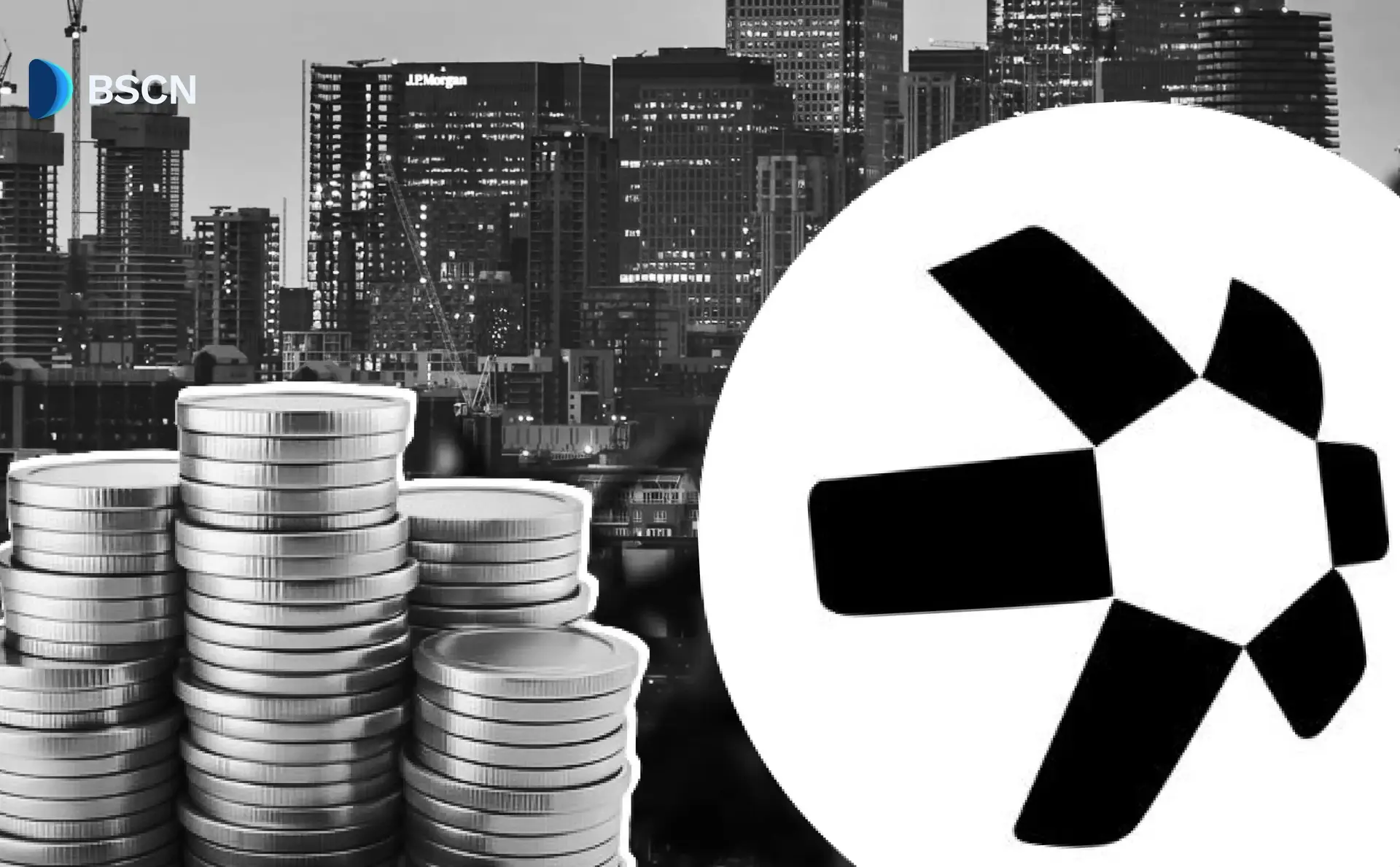
Explore how Quant Network's Overledger operating system uses QNT tokens to connect separate blockchain networks, enabling cross-chain applications for enterprises, financial institutions, and governments.
Crypto Rich
May 20, 2025
(Advertisement)
Table of Contents
Today's blockchain landscape resembles a collection of islands rather than a connected continent. Each blockchain operates independently, unable to communicate effectively with others. This fragmentation limits the potential of blockchain technology. Quant Network addresses this problem with its Overledger operating system, designed to connect different blockchains and enable them to work together.
This article examines Quant Network's history, technology, tokenomics, and real-world applications. We'll explore how its native $QNT token powers the ecosystem and assess the project's future potential in the evolving blockchain space.
The Origins of Quant Network
Founding and Leadership
Quant Network began in 2015 under the leadership of Gilbert Verdian. Before founding Quant, Verdian accumulated over 20 years of experience in cybersecurity and technology. His career included roles as Chief Information Security Officer at Vocalink (Mastercard), CIO of NSW Ambulance, and security lead for the UK Ministry of Justice.
Co-founders Colin Paterson and Dr. Paolo Tasca later joined the project. Dr. Tasca brought significant expertise as a digital economist specializing in distributed systems. He has advised both the European Parliament and United Nations on blockchain technologies.
Development of Overledger
Verdian first conceived the Overledger concept in 2013 as a solution to "overlay" different blockchains, allowing them to communicate. In 2016, he created the ISO TC307 standard for blockchain and distributed ledger technology (DLT), establishing the foundation for Quant's standardized approach to blockchain interoperability.
In 2018, Quant unveiled its Overledger operating system, marking a major milestone in creating enterprise-grade blockchain interoperability.
Token Launch and Early Growth
Quant conducted its Initial Coin Offering (ICO) in 2018, raising $26 million across five funding rounds. The token generation event concluded on August 10, 2018. The team initially minted 24 million $QNT tokens but later burned 9.4 million, resulting in a fixed total supply of 14.6 million tokens.
Important milestones include:
- 2019: Began offering services to fintech providers
- 2020: Engaged with UK and Australian governments for blockchain solutions
- 2021: Selected for significant projects, including collaborations with Oracle and LACChain
What is Quant Network?
Core Mission and Technology
Quant Network aims to create a universal protocol for blockchain interoperability. This protocol enables seamless communication and data exchange across different blockchain networks and legacy systems.
Overledger functions as the "Windows or macOS of the blockchain world." Unlike Bitcoin or Ethereum, Overledger is not a blockchain itself. Instead, it serves as an operating system that sits above multiple blockchains, connecting networks that would otherwise remain isolated.
Overledger Operating System
The Overledger Network Marketplace is a central hub where users can buy and sell multi-chain decentralized applications (mDApps) and data through smart contracts. All transaction fees within this marketplace are managed efficiently through the Quant Treasury, ensuring a streamlined experience for developers and users alike.
Overledger is a blockchain-agnostic API gateway that supports multiple blockchains, including:
- Bitcoin
- Ethereum
- Hyperledger Fabric
- R3 Corda
- XRP Ledger
- Polygon
- BNB Chain
This flexibility allows developers to build mDApps that operate across different blockchain networks.
Overledger provides secure data and asset exchange capabilities across both public and private blockchains without requiring enterprises to replace their existing systems. The platform supports writing smart contracts in any programming language, significantly lowering barriers for developers from various backgrounds. Additionally, Overledger prevents forking, which ensures secure and consistent communication between different ledgers. Its tokenization capabilities, available through APIs like Overledger Tokenise, enable the creation of QRC-20 and QRC-721 tokens for various digital assets and NFTs.
Quant Flow
Quant Flow serves as a "money engine" for programmable securities. It transforms how financial assets are issued, settled, and held in capital markets by automating several critical processes. These include cash management, payments processing, compliance procedures, and cross-border transactions. The system works seamlessly with both traditional bank accounts and stablecoins, emphasizing the programmability of money while successfully integrating with existing banking infrastructure. This approach allows financial institutions to enhance liquidity and operational efficiency without completely replacing their established systems.
The QNT Token Explained
Purpose and Function
$QNT is an ERC-20 token built on the Ethereum layer one blockchain. It functions as the native utility token of the Quant ecosystem. Unlike Bitcoin or other cryptocurrencies designed primarily as stores of value, $QNT focuses on enabling access to Overledger services.
The token serves several essential functions:
- Licensing: Developers and enterprises must hold $QNT tokens to access Overledger's APIs and build multi-chain applications. Licensing fees are paid in fiat currency, which the Quant Treasury converts to $QNT. These tokens are then locked for 12 months.
- Payments: $QNT facilitates read/write operations, cross-chain data exchanges, and smart contract execution within the Quant ecosystem.
- Staking and Governance: By staking $QNT tokens, users gain voting rights in network governance. This allows enterprises to influence the future development of Quant Network.
Token Mechanics
When organizations purchase licenses to use Overledger, $QNT tokens are locked in smart contracts or moved to the Treasury. This process temporarily reduces the circulating supply of tokens. When licenses expire, these tokens are either released back into circulation or reused for new licenses.
The Quant Treasury plays a crucial role by handling fiat-to-$QNT conversions, acquiring tokens from exchanges through over-the-counter (OTC) trades. This approach minimizes market disruption while ensuring sufficient tokens for operational expenses and ecosystem growth.
$QNT Tokenomics in Detail
Supply and Distribution
$QNT has a fixed total supply of 14,612,493 tokens. This number cannot increase, as there is no mechanism for inflation or additional minting. The initial supply was 24 million tokens created during the 2018 ICO, but 9.4 million were permanently burned, leaving the current fixed supply.
The token distribution breaks down as follows:
- Public Sale: 9,964,259 tokens (68%) sold during the ICO
- Company Reserve: 2,649,493 tokens (18%) allocated for research, development, infrastructure, legal matters, marketing, and exchange listings
- Founding Team: Initially received approximately 4.7 million tokens (19.6% of the original supply), which was reduced to approximately 1.4 million tokens (10% of current supply) after the token burn
As of current data, approximately 12,072,738 tokens are in circulation, with around 2 million locked by the company for discretionary use.
Deflationary Features
$QNT's tokenomics include several deflationary characteristics that support its long-term value proposition. The fixed total supply creates inherent scarcity, as no additional tokens can be minted. Additionally, the token-locking mechanism for licenses temporarily reduces the circulating supply, as tokens must be locked for 12 months when purchasing Overledger access. If enterprise adoption continues to grow, a significant percentage of tokens could be locked simultaneously, potentially decreasing the actively trading supply by 5-10% annually.
When license periods expire, the tokens may be reused for new licenses rather than immediately returning to the market, further extending their time out of circulation. These combined features potentially increase token value as demand grows with broader adoption of the Overledger platform.
Holder Distribution
According to current Etherscan data, $QNT has 156,011 holders. The largest holder is the Quant: $QNT Token contract address containing 9,550,583 tokens (21.0055% of supply). This address contains the tokens that were burned during the September 14, 2018 token burn event, which reduced the total supply from 24,158,259 to 14,612,493 $QNT. The slight discrepancy between the 9.55 million tokens in the burn address and the 9.4 million burn amount mentioned in Quant's announcement relates to additional tokens moved to this address during the burn process.
When excluding this burn address from calculations, the token distribution becomes much more decentralized. The largest active holder is Binance's Hot Wallet with just 1.4368% of the circulating supply, followed by various other addresses each holding between 0.5% and 1.4% of tokens. Only 6 active addresses hold more than 0.5% of the total supply.
This recalculation demonstrates that $QNT has achieved a fairly distributed token supply among its actual holders, with no single entity controlling a significant percentage of the circulating tokens.
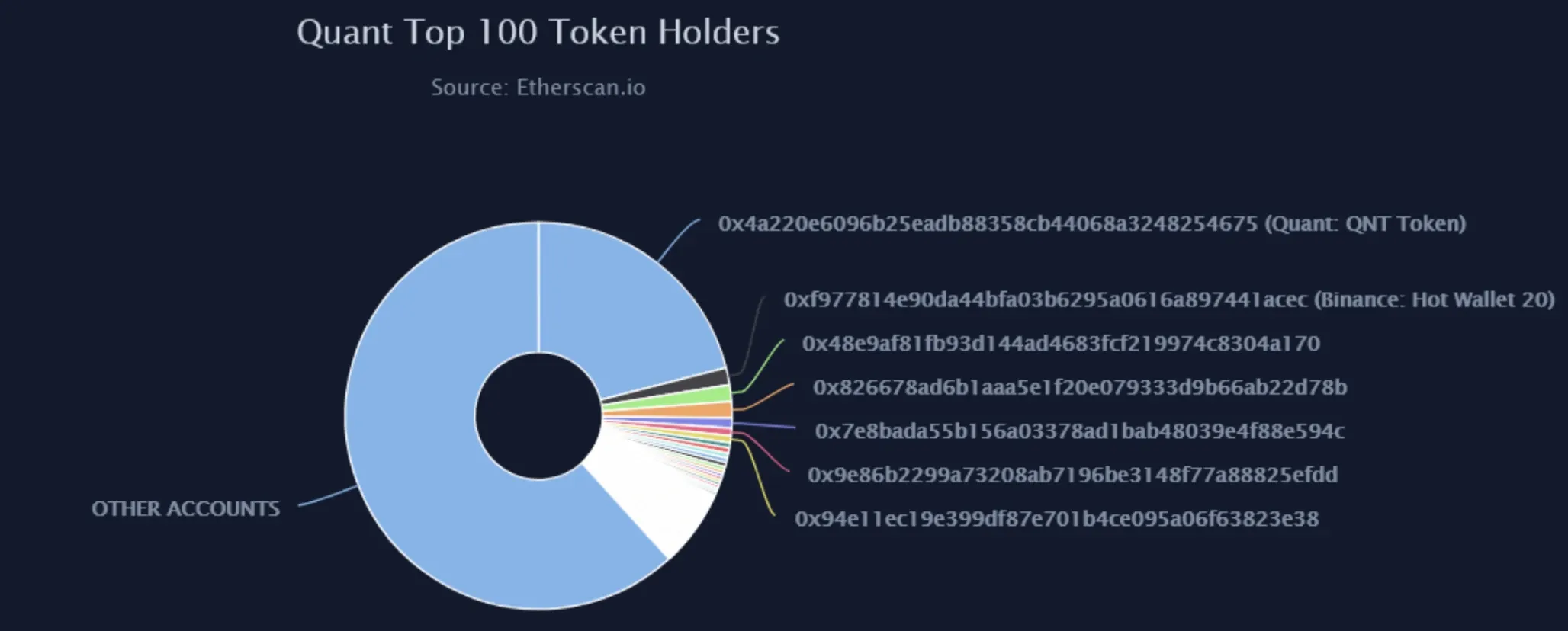
Economic Model
The demand for $QNT tokens is directly tied to Overledger adoption. As more enterprises and developers use the platform, token demand increases for both licensing and transactions within the ecosystem.
The Treasury plays a crucial role in managing fiat-to-$QNT conversions, ensuring stability while supporting the growth of the Quant ecosystem.
Real-World Applications and Impact
Enterprise Integration
Quant's Overledger enables enterprises to incorporate blockchain solutions without replacing their existing systems. This approach reduces both costs and implementation complexity.
The platform supports tokenization of various assets through standards like QRC-20 and QRC-721, enabling applications such as:
- Digital collectibles
- Tokenized securities
- Supply chain tracking
Financial Applications
In the financial sector, Quant offers several valuable applications:
- Programmable Securities: Quant Flow automates issuance, settlement, and custody processes, enhancing liquidity and efficiency in capital markets. For example, in a hypothetical scenario based on Quant's capabilities, a European bank using Quant Flow could reduce cross-border settlement times from the traditional 2-3 days to near-instantaneous by bridging transactions between Ethereum and R3 Corda networks.
- Central Bank Digital Currencies (CBDCs): Quant's involvement in Project Rosalind and the European Central Bank's Digital Euro project positions it as a leader in developing digital currency infrastructure. During Project Rosalind, Quant's RTT technology demonstrated the scalability required for full-scale CBDC implementation.
- Cross-Border Payments: By connecting different ledgers, Quant streamlines international transactions, reducing friction and costs. The interoperability features allow financial institutions to process transactions across multiple blockchain networks without building custom connections for each system.
Beyond finance, Quant's technology extends to other sectors. In healthcare, it enables secure sharing of patient data across different blockchain systems while ensuring GDPR compliance for European medical institutions. For supply chain management, Quant improves product traceability by connecting blockchain networks with legacy tracking systems. These cross-industry applications demonstrate the versatility of Quant's interoperability approach.
Notable Projects and Partnerships
Quant Network has developed several innovative projects that showcase the practical applications of its interoperability technology, while establishing strategic relationships with influential organizations across various sectors.
A standout technological achievement is Quant RTT (Real-Time Tokenization), a system enabling instantaneous asset tokenization through smart contracts and APIs. Developed during Project Rosalind, this platform demonstrates how Overledger technology can transform digital asset representation and transfer.
The company has also ventured into blockchain privacy with its Privacy Pools initiative, a collaboration with 0xbow that builds upon foundational research by Ethereum founder Vitalik Buterin. This project addresses the challenge of balancing blockchain transparency with transaction privacy.
Quant's enterprise focus has attracted partnerships with major players, including Oracle, which integrates Overledger with its cloud infrastructure to enable clients to build multi-chain applications without extensive blockchain expertise. The partnership with LACChain focuses on connecting Latin American financial institutions to enhance regional blockchain adoption.
In the financial sector, Quant works with AllianceBlock to create seamless bridges between conventional financial infrastructure and decentralized finance applications.
The company has secured backing from investment firms specializing in blockchain technology, including A195 Capital, Alpha Sigma Capital, and Master Ventures.
Quant's work with governments and central banks demonstrates its commitment to enterprise-grade solutions and regulatory compliance, positioning it at the forefront of regulated blockchain adoption.
Future Outlook for Quant Network
Market Opportunity
Interoperability remains one of the significant barriers to widespread blockchain adoption. Quant's Overledger positions it as a leader in connecting public and private blockchains.
The growing demand for CBDCs and tokenized assets aligns with Quant's capabilities in programmable finance, creating substantial growth opportunities. Unlike competing interoperability solutions like Polkadot's parachain model or Cosmos' Inter-Blockchain Communication (IBC) protocol, Quant's API-driven approach simplifies integration for traditional enterprises without requiring extensive blockchain expertise.
Quant's enterprise focus and GDPR compliance provide distinct advantages in regulated industries, where data protection and governance are critical concerns.
Current Developments
Recent and ongoing developments include:
- Overledger Updates: Version 2.2.0 and subsequent releases enhance API performance, security, and scalability, with mainnet access for Bitcoin, Ethereum, and XRP Ledger
- Quant Flow Expansion: Continued focus on automating financial workflows and integrating stablecoins with traditional banking
- ECB Digital Euro: Potential selection as the underlying technology for the European Central Bank's digital currency project
- Developer Ecosystem: Quant has expanded its developer resources through the Overledger SDK and documentation portal, enabling coders to build multi-chain applications with minimal blockchain expertise
Long-Term Vision
Quant aims to create what it calls an "Internet of Trust," enabling seamless value and data exchange across global networks. The company has the potential to become the backbone of tokenized finance, CBDCs, and cross-sector blockchain applications.
Recent community posts on social media platform X highlight optimism about Quant's prospects, particularly regarding its involvement with the European Central Bank. However, these sentiments reflect community enthusiasm rather than guaranteed outcomes.
Conclusion: Quant's Role in the Blockchain Ecosystem
Quant Network stands out as a pioneer in blockchain interoperability. Through its Overledger operating system and $QNT token, it enables enterprises, financial institutions, and governments to connect different blockchain networks and build cross-chain applications.
The project's fixed token supply, deflationary mechanics, and growing adoption in finance, CBDCs, and other sectors position it uniquely in the blockchain landscape. Quant's partnerships, technology, and involvement in high-profile projects suggest significant potential for shaping the future of connected blockchain systems.
For readers interested in following Quant Network's progress, visit quant.network or follow @quant_network on social media platform X for the latest updates.
Read Next...
Disclaimer
Disclaimer: The views expressed in this article do not necessarily represent the views of BSCN. The information provided in this article is for educational and entertainment purposes only and should not be construed as investment advice, or advice of any kind. BSCN assumes no responsibility for any investment decisions made based on the information provided in this article. If you believe that the article should be amended, please reach out to the BSCN team by emailing [email protected].
Author
 Crypto Rich
Crypto RichRich has been researching cryptocurrency and blockchain technology for eight years and has served as a senior analyst at BSCN since its founding in 2020. He focuses on fundamental analysis of early-stage crypto projects and tokens and has published in-depth research reports on over 200 emerging protocols. Rich also writes about broader technology and scientific trends and maintains active involvement in the crypto community through X/Twitter Spaces, and leading industry events.
(Advertisement)
Latest News
(Advertisement)
Crypto Project & Token Reviews
Project & Token Reviews
Comprehensive reviews of crypto's most interesting projects and assets
Learn about the hottest projects & tokens






